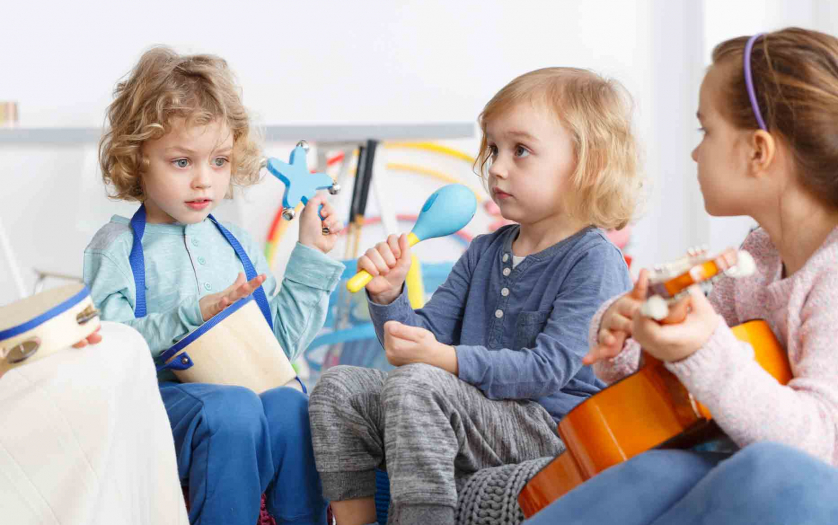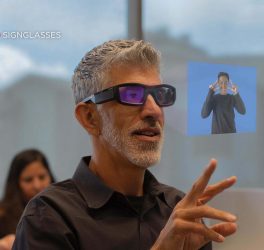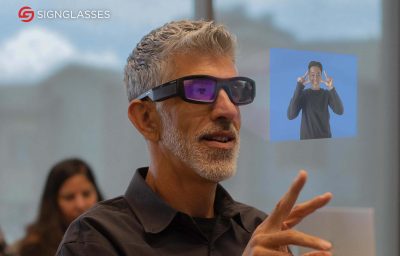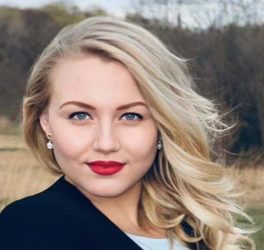
Finnish researchers have compiled guidelines for international use for utilising music to support the development of spoken language. The guidelines are suitable for the parents of children with hearing disabilities, early childhood education providers, teachers, speech therapists and other rehabilitators of children with hearing disabilities, as well as the hearing disability themselves.
When developing a music playschool designed for children using a cochlear implant, University Lecturer of Logopedics and speech therapist Ritva Torppa noticed that music, especially singing, benefits the brain of children with hearing disabilities and their spoken language. The goal of the music playschool, speech-music group, is to improve the perception of speech and spoken language.
In an article published in the Hearing Research journal, Torppa and Professor of Education, brain researcher Minna Huotilainen assembled their own findings and those of other researchers which demonstrate that musical activities develop children’s perception of prosody, such as rhythm and pitch variation, and spoken language.
“These skills make children’s lives easier,” Torppa explains. “Listening to speech, for example, in noisy surroundings becomes less stressful, while communicating with others and absorbing information in school and everyday life also becomes easier”.
Basic guidelines for using music are included in the article published in Hearing Research and available in Finnish on the Cicero Learning network website. The guidelines are suitable for everyone regardless of the type of hearing disability.








